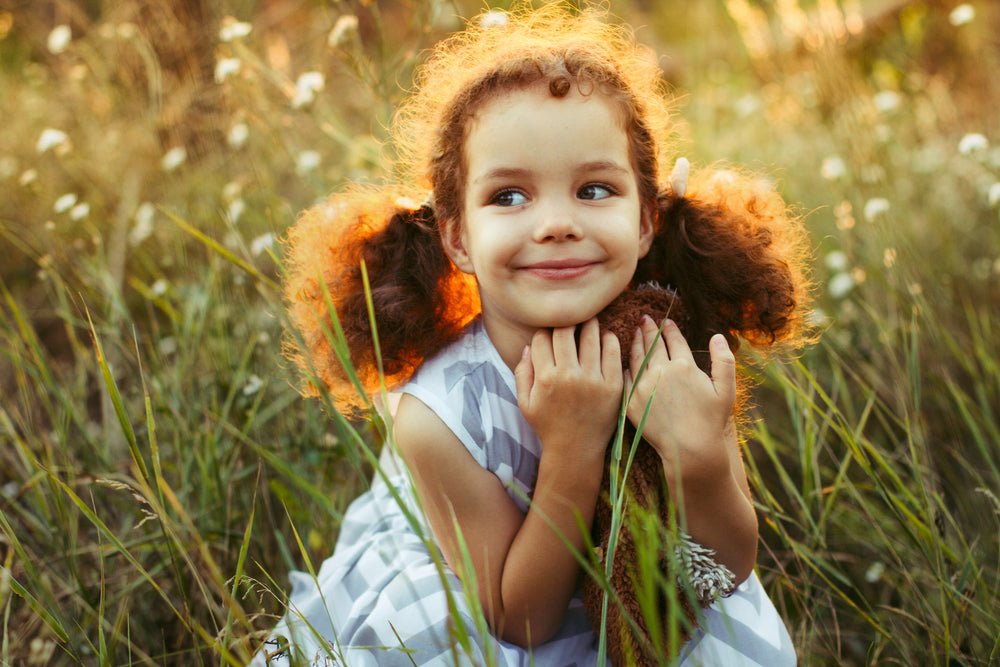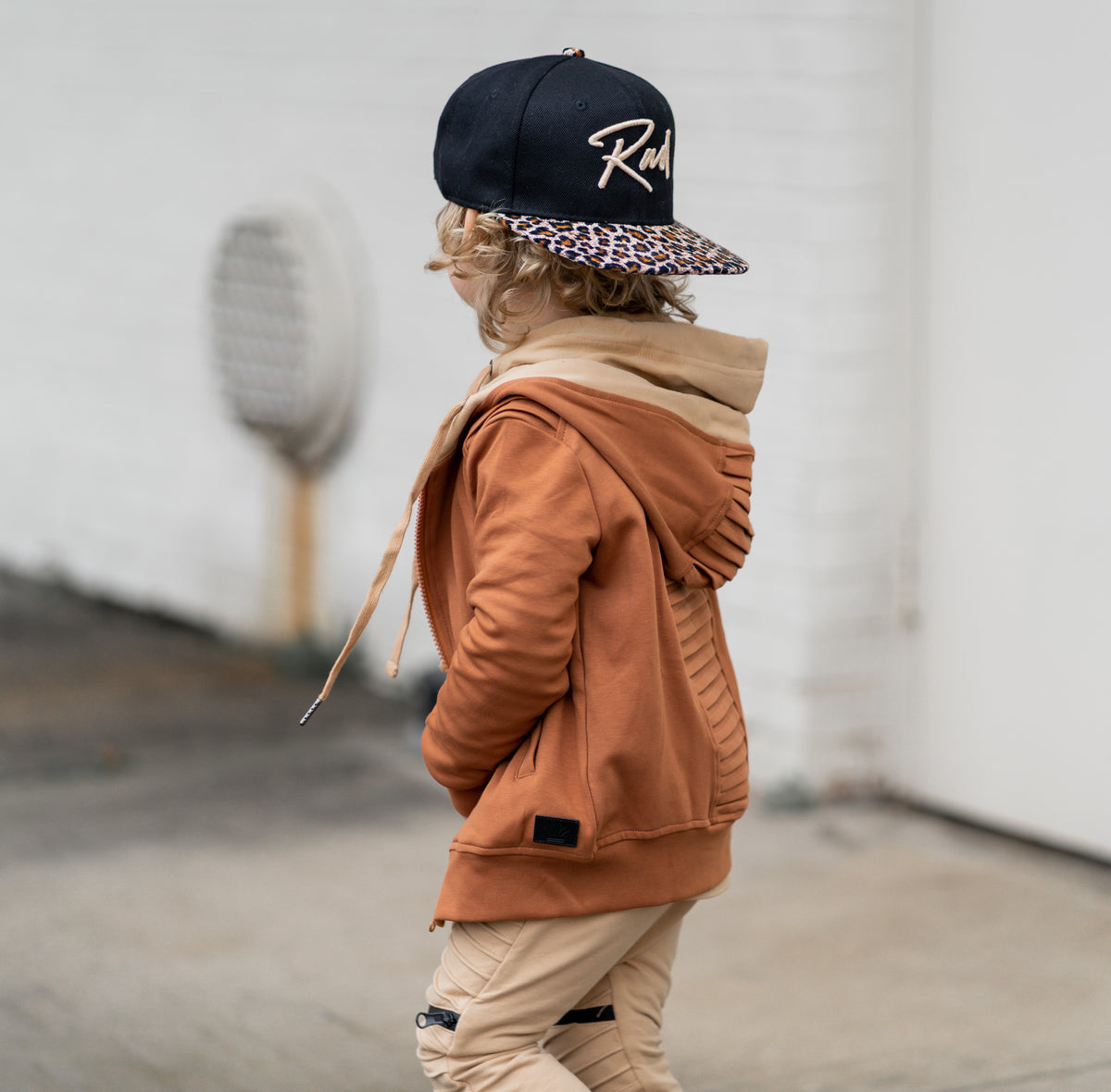Does Your Toddler Have an Imaginary Friend? So What!


Growing up, I had an imaginary friend named Hoodles. He was an owl with dopey eyes that consoled my every confession.
My parents looked to one another with soft suspicion at my frequent retreats to my bedroom with Hoodles. What did an imaginary owl have to offer that my friends or siblings did not?
Rest assured, Hoodles had a lot to offer.
Here are 6 ways being attached toddler imaginary friends helps kids grow into mature, responsible adults:
I became an early philosopher
As I told Hoodles about my friends and about school’s happenings, I began to recognize others thinking about ideas. At ages 7 through 11, children become aware of external events and perceptions. I began to see that events and objects outside of my own body existed. I registered that if I had an opinion, then maybe my peers had opinions. And if I was thinking about my peers’ opinions, maybe they were thinking about mine! And what do they think about my thoughts?
In conversing with Hoodles, I began to consider his opinion on matters. Sure, I recognize now that I generated his opinions. But back then, I considered what he had to ‘say’. I initiated the process of thinking about what he thought. Thinking about thinking is a cognitive device so advanced, it served as proof for our existence in Descartes’ Cogito, ergo sum; or I think, therefore I am.
I got to confide in somebody
As a shy child, I had a hard time verbalizing and telling anyone about situations with friends, family or school that caused me any degree of confusion or agony. Had I not had anybody to confide in, I would have had a friend onto which I could project my feelings.
I got to be myself
I could say exactly what I wanted to Hoodles, even it was that I disliked my teacher or wanted to run away. An ability to express my thoughts propelled an early sense of my inner truth, knowing precisely how I felt, unaffected my surrounding opinions.
I learned to find resources for solutions and make decisions.
As all owls are, Hoodles was the wisest of any character I knew. All it took was a look in his direction for him to conjure up a cunning strategy to navigate a periled situation. Upon confession to him about an affair at school, with a friend or family member, my mind recorded the incoming problem, complex resources gathered to solve the problem, and I witnessed a result when enacting the solution. The next time I faced an angry friend, I knew more rapidly how to react to best protect my physical and emotional states.
I began to self-regulate
The more problems Hoodles helped me solve, the more experiential memories I stored, the more impulse control and focused attention I gained. Advanced self-regulation allowed me to smoothly interact with different types of peers or teachers and successfully adapt to their own self-regulated behaviors.
I learned to assign meaning
Hoodles meant everything to me! He had clothes, a house; he traveled with a blanket; I read to him; he had a place next to me when we watched movies.
Though the obsession seems strange now, I learned in my youngest years to care and to thoughtfully look after someone besides myself. Robert Kegan, a developmental psychologist, believes that human development requires self-referential contexts and meanings. These meanings rely on the stimuli with which a child engages; for many, it is stuffed animals and imaginary friends.
Imaginary friends? It’s all good!
As you can see, imaginary friends can provide a host of healthy benefits. If you have any cause for concern, it’s a good idea to introduce human interaction as alongside imaginary interaction or to reach out for professional advice.
Remember, the imaginary friend is a coping mechanism; it provides a source to which your child can confide and converse; exercising his or her internal thinking capacities and ability to navigate the physical world.
